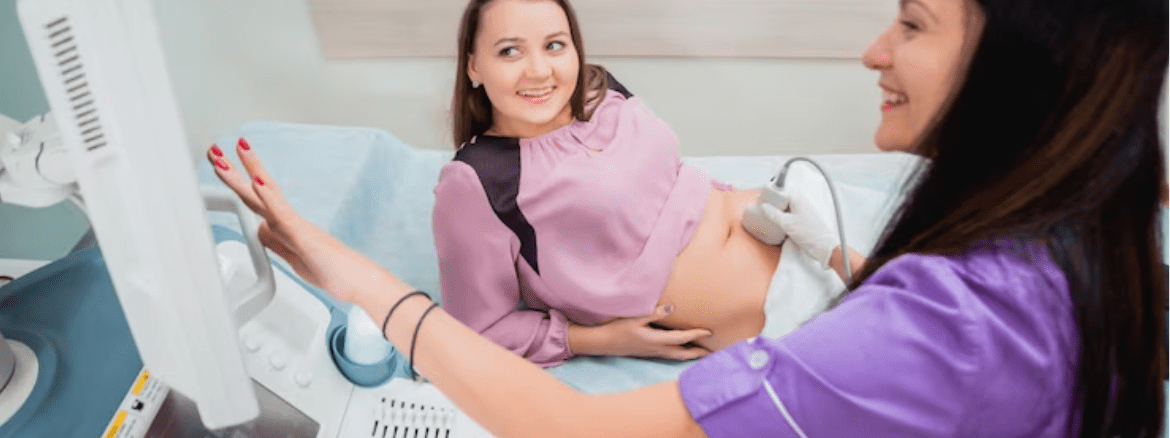If you’re seeking fertility therapy, it’s normal to be interested in vitro fertilization (IVF), as it’s the most widely discussed type of fertility treatment. With a nearly 50% live birth rate for women under the age of 35, IVF therapy can give the best likelihood of success for many.
While IVF therapy is a more sophisticated type of treatment, our objective with this step-by-step beginner’s IVF guide is to offer readers a glimpse of what to anticipate with IVF treatment options and to cover many of the frequent concerns patients have about treatment (like how to do IVF, how long are IVF cycles) in a thorough, understandable manner.
What Is Involved In The Initial Infertility Evaluation?
The first step toward parenthood is recognizing all of the variables that may be causing a couple’s infertility.
- Initial consultation: Your doctor will obtain a thorough medical history, including medical and lifestyle factors that could impact conception.
- Day 3 Testing: This involves basic bloodwork to evaluate a woman’s hormone levels and a pelvic ultrasound to count the possible eggs in each ovary. These tests will assist your doctor in determining the appropriate dose and medicine options for your treatment.
- Anti-Müllerian Hormone (AMH) Testing: The most reliable determinant of a woman’s egg development is AMH. A higher AMH level would represent a significant number of antral follicles and a robust ovarian reserve, whereas a lower result would cause your doctor to assume there has been a decline in ovarian reserve.
- Hysterosalpingogram (HSG): A dye x-ray diagnostic used to evaluate the uterine cavity and fallopian tubes. This enables the doctor to examine for abnormalities in the uterine cavity and confirm that the fallopian tubes are open.
- Semen Analysis: Since male factors account for 40 to 50 percent of all infertility cases, a sperm analysis must be carried out as part of the first infertility workup. During this non-invasive test, a sample of sperm from the male partner will be examined under a microscope to determine the amount and quality of sperm. The test assesses volume, concentration, motility (movement), and morphology (shape).

